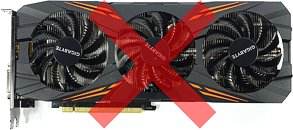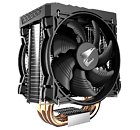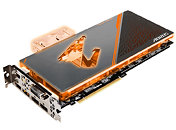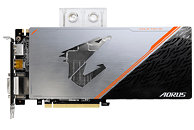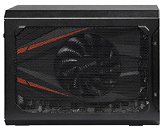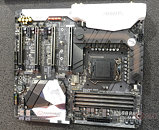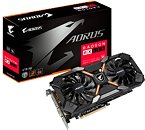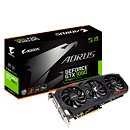
GIGABYTE Has No Plans to Release a Custom Radeon RX Vega 64
In what might be shocking news to AMD fans, GIGABYTE has stated that there are no current plans to make a custom Radeon RX Vega 64. This might change in the future. But for now, early Vega 64 adopters have no choice but to settle for the reference design or or custom design cards coming out from other vendors. There is still a light hope for the Vega 56 though, since GIGABYTE didn't discard the possibility of releasing a RX Vega 56 Gaming G1. However, the actual number of units is still unclear considering that GIGABYTE is unable to start production immediately due to various technical difficulties surrounding Vega.
Due to the inconsistency in quality of chips that AMD are providing, AIB partners are having a difficult time establishing a standard GPU frequency for their factory-overclocked cards. Furthermore, temperature reporting is broken. The actual GPU temperature is different from the temperature reported by the GPU which can become a big problem for stability in the long run. And to top it all off, there are three different Vega 10 GPU packages floating around. The molded package consists of the GPU and HBM dies sharing the same height, while there's a 40 μm height difference between them in the unmolded package. Although it seems insignificant, this small difference prevents manufacturers from standardizing a single heatsink design to accommodate all three GPU packages.
Due to the inconsistency in quality of chips that AMD are providing, AIB partners are having a difficult time establishing a standard GPU frequency for their factory-overclocked cards. Furthermore, temperature reporting is broken. The actual GPU temperature is different from the temperature reported by the GPU which can become a big problem for stability in the long run. And to top it all off, there are three different Vega 10 GPU packages floating around. The molded package consists of the GPU and HBM dies sharing the same height, while there's a 40 μm height difference between them in the unmolded package. Although it seems insignificant, this small difference prevents manufacturers from standardizing a single heatsink design to accommodate all three GPU packages.
